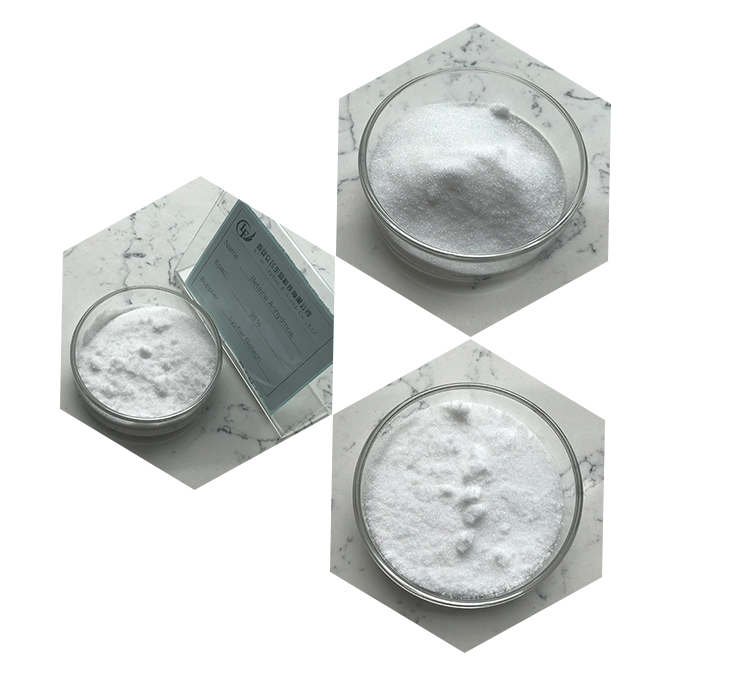Betaine, also known as trimethylglycine (TMG), is a naturally occurring compound found in various food sources. It is a derivative of the amino acid glycine and plays a role in various biological processes, including methylation and maintaining cellular hydration. Here are some common sources of betaine:
1. Beets
The richest natural source of betaine is beets, which is where the compound gets its name. Beetroot and beet juice are particularly high in betaine.
2. Spinach
Spinach is another excellent source of betaine. It provides a plant-based option for those looking to increase their intake of this nutrient.

3. Whole Grains
Wheat bran, quinoa, and brown rice contain significant amounts of betaine. Whole grains are often recommended as part of a balanced diet for their fiber content, but they also provide betaine.
4. Seafood
Certain types of seafood, such as shrimp, crab, and salmon, are good sources of betaine. These foods can help boost dietary betaine while also providing omega-3 fatty acids and protein.
5. Poultry
Chicken and turkey, especially in the form of lean cuts, are moderate sources of betaine. Including poultry in your diet can contribute to both protein and betaine intake.

6. Other Vegetables
Broccoli, sweet potatoes, and other green vegetables contain smaller but notable amounts of betaine.
7. Processed Foods
Some fortified processed foods may also contain betaine as an additive, particularly those aimed at heart health due to betaine’s role in reducing homocysteine levels.
In summary, the most concentrated source of betaine is beetroot, followed by a variety of vegetables, grains, and animal products.
